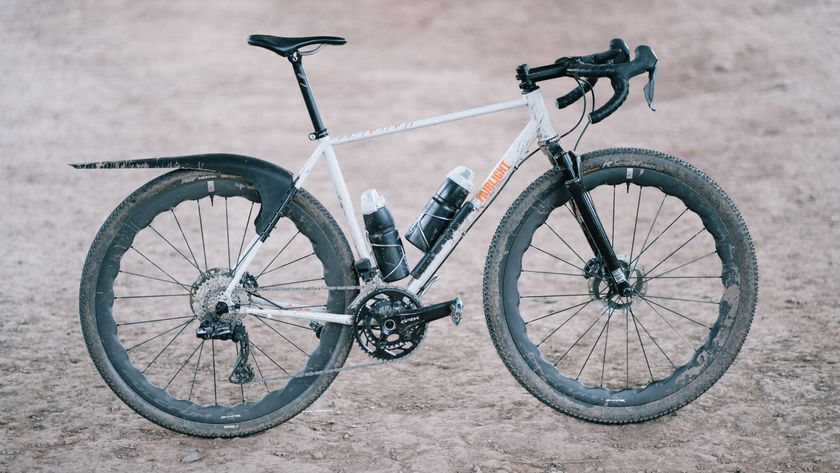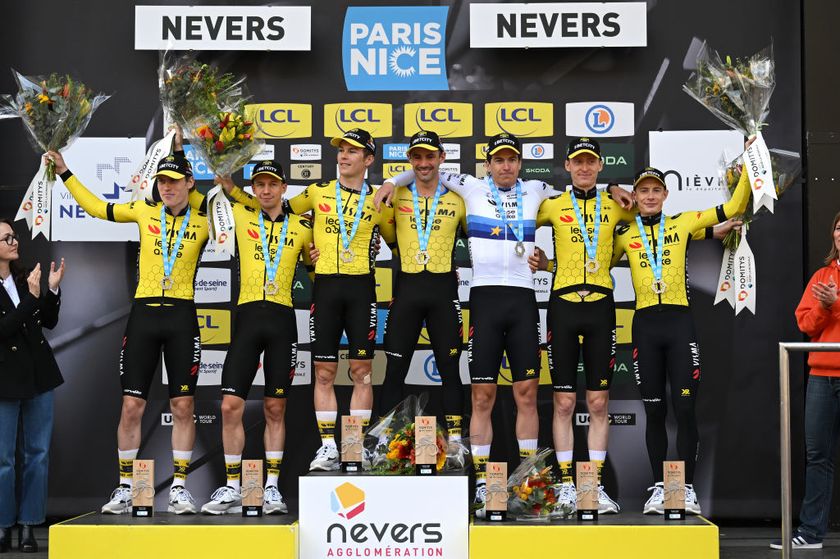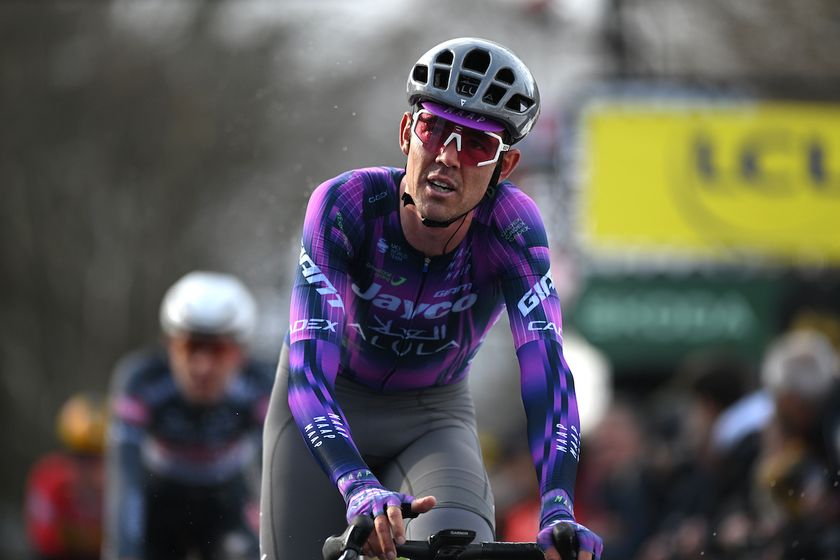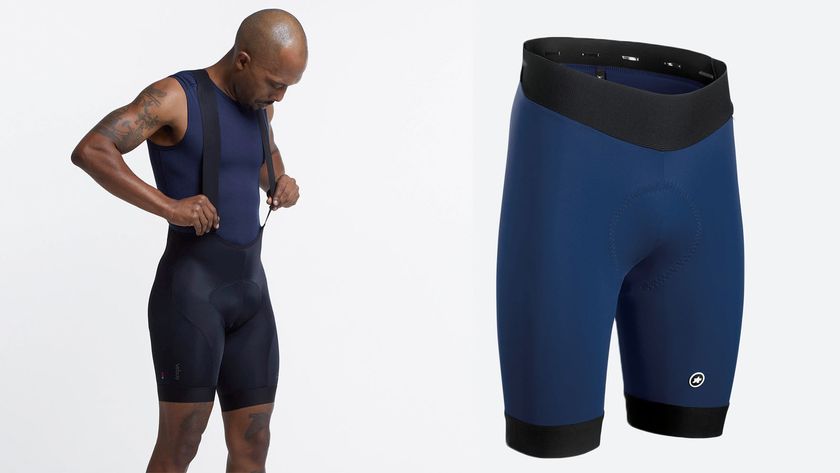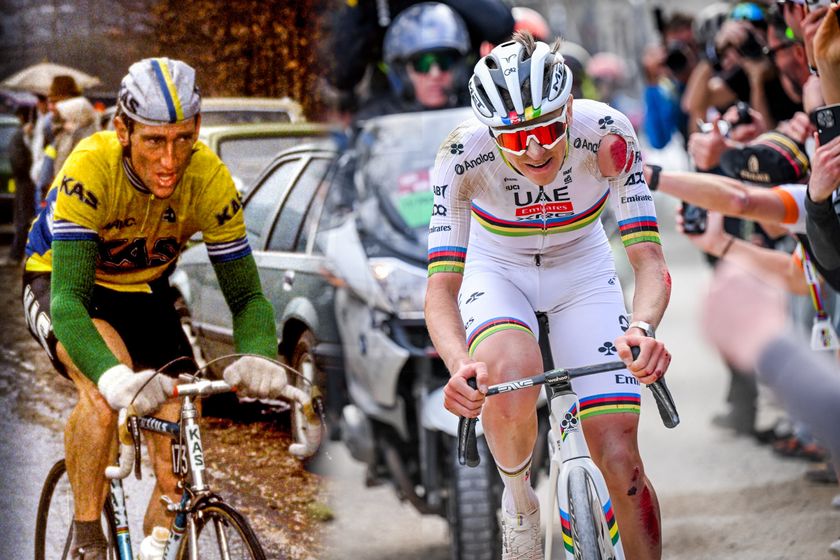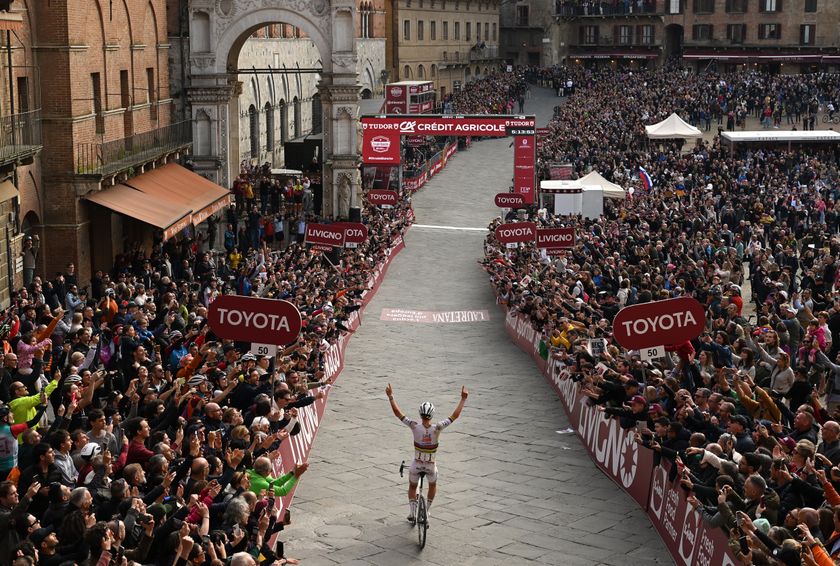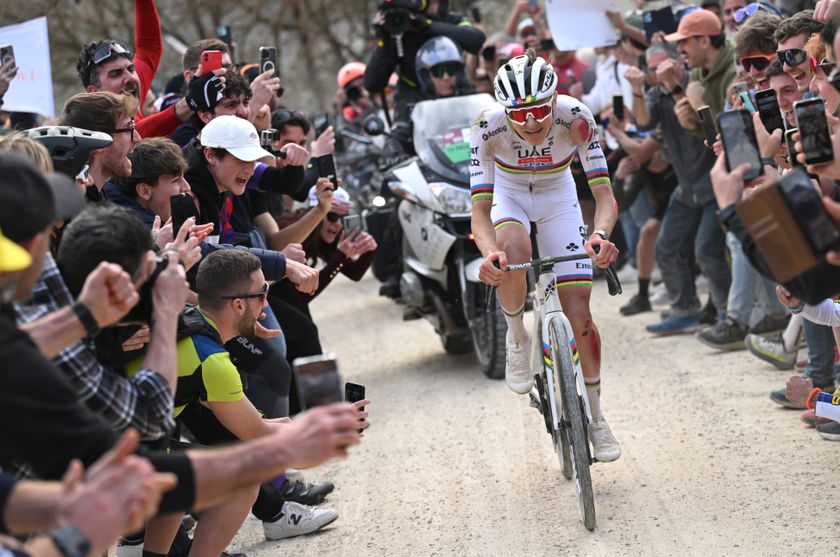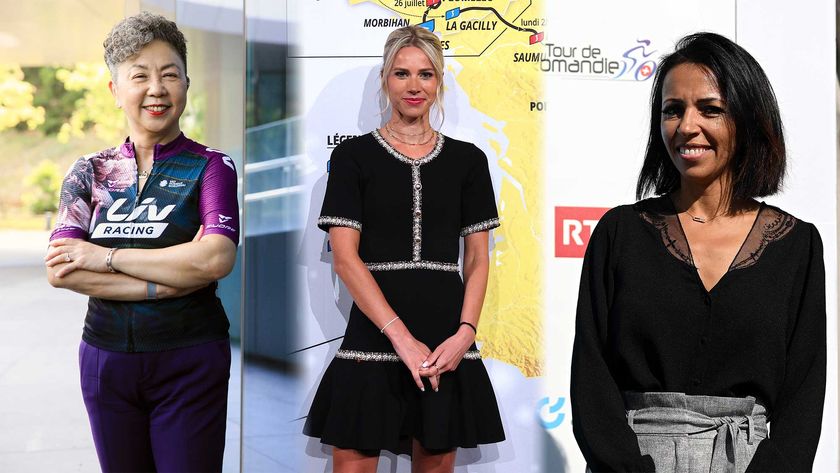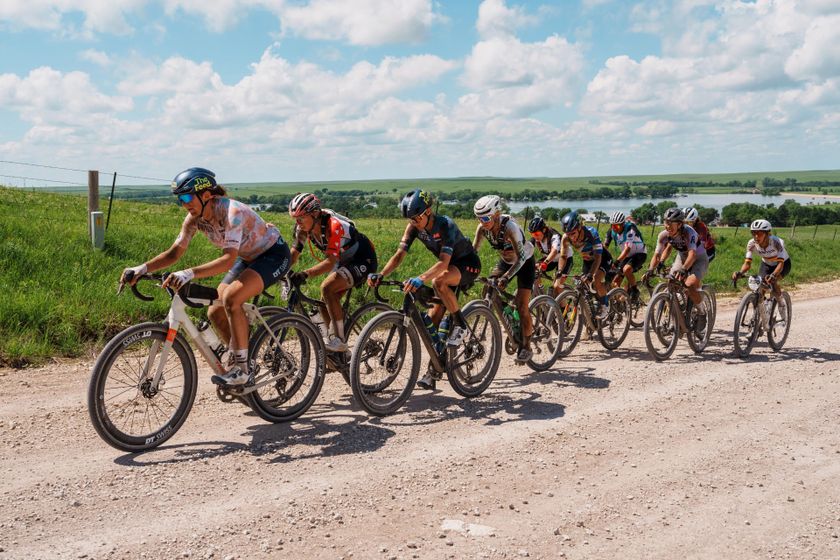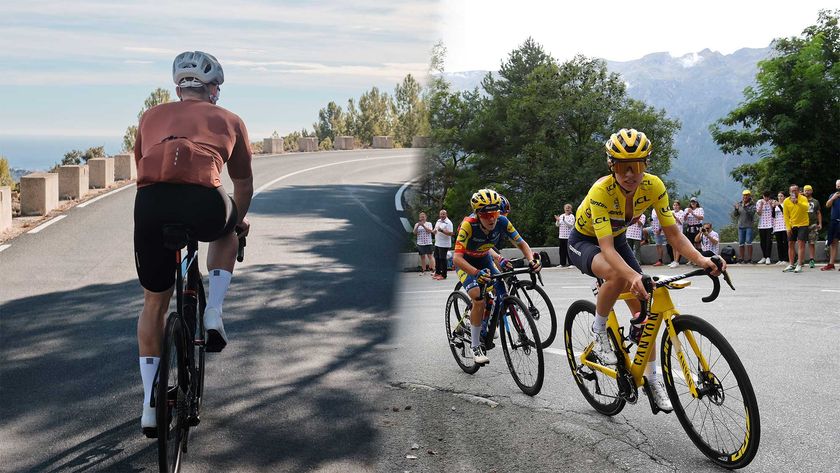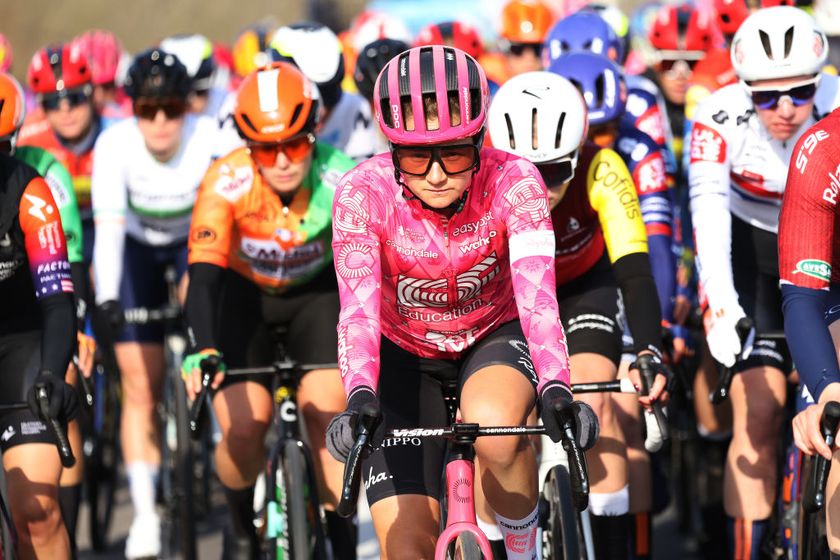10 Conclusions from Milan-San Remo
Analysis from 2014's first Monument










1. Kristoff is no surprise
Alexander Kristoff (Katusha) was arguably a surprise winner of Milan-San Remo but his first ever victory in one of cycling's big-five Monuments should come as no surprise considering his gradual but constant progression as a sprinter and Classics contender.
The 26-year-old Norwegian has improved year on year, first equaling and then out-performing his bigger name rivals in Norwegian cycling such as Thor Hushovd and Edvald Boasson Hagen.
Kristoff won the Norwegian national championship in 2007, when he was just 19, and again in 2011 when he was 23. He had two consistent but largely unnoticed seasons with BMC in 2010 and 2011 but always landed a clutch of top ten results. He moved to Katusha in 2012 and finished third in the London Olympic road race, winning the sprint for bronze ahead of Taylor Phinney, Sergey Lagutin and Stuart O'Grady.
Last year he confirmed his Classics credentials by finishing fourth at the Tour of Flanders, fifth at Scheldeprijs, eighth at Milan-San Remo and ninth at Paris-Roubaix.
The question is how much further can he progress? Can he challenge Cancellara, Sagan and Boonen in the Tour of Flanders? It would no longer be a surprise if he did.
2. Cancellara's different kind of near miss
Get The Leadout Newsletter
The latest race content, interviews, features, reviews and expert buying guides, direct to your inbox!
For the third time in four years, Fabian Cancellara finished Milan-San Remo in second place but faced thinly-veiled criticism afterwards from Astana manager Giuseppe Martinelli, who complained bitterly that nobody had joined Vincenzo Nibali in attacking on the Cipressa in a bid to distance the sprinters.
Gazzetta dello Sport picked up the thread in its analysis on Monday morning, haughtily declaring that they liked Cancellara's 2014 second place "much less" than his previous near misses. "He didn't take a risk and Spartacus is popular because he eats the road," Gazzetta lamented.
And yet the old cliché says that the definition of insanity is doing the same thing repeatedly and expecting different results. For the past four years, the Swiss rider has been aggressive in his bid to repeat his 2008 Classicissima triumph but has always fallen short. When he attacked on the Poggio in 2012, for instance, Nibali sat on his wheel into San Remo, citing team orders, while Simon Gerrans slipped by and took the win.
Cancellara bravely opted to do something different this time around and it came close to paying off. He beat Peter Sagan and Mark Cavendish in the finishing sprint, after all, and if any man has earned the right to ride with a degree of caution in the finale of a Classic, it's probably Cancellara.
3. Paolini makes a huge difference
Strength in numbers in the finale of a big Classic is always useful, but when it comes down to the crunch at Milan-San Remo, quality rather than quantity is what really matters.
Fabian Cancellara was the only contender with more than one teammate in the leading group after the descent of the Poggio, but as Alexander Kristoff's victory showed, it only takes one experienced teammate to make all the difference.
Katusha's Luca Paolini is an old hand at Milan-San Remo – he finished third in 2003, helping then teammate Paolo Bettini win, and again placed third in 2006. However Sunday was perhaps his finest performance in La Primavera.
After dropping back to help Kristoff over the Poggio, Paolini's huge turn on the front coming underneath the red kite had the twin effect of putting his sprinter in the box seat and stringing out the group, leaving the likes of Cavendish and Sagan with too much ground to make up in the finishing straight. It's useful having a teammate in the finale at Milan-San Remo, but it's even better when he knows exactly what he's doing.
4. Little Italy
The Classics crisis in Italian cycling continued at Milan-San Remo with no Italian on the podium and little for the tifosi to celebrate except for Vincenzo Nibali's courageous but arguably futile solo attack on the Cipressa.
Sonny Colbrelli (Bardiani-CSF) was the best Italian rider, finishing sixth in the sprint after making a late attack in the streets of San Remo. However there was little else for Monday's Gazzetta dello Sport to highlight.
Sacha Modolo (Lampre-Merida) tangled with Daniele Bennati (Tinkoff-Saxo) in the sprint, ruining both riders' chances. Luca Paolini and Salvatore Puccio were strong but rode for their respective Katusha and Team Sky teammates. Lampre-Merida's armada of Diego Ulissi and Filippo Pozzato sunk in the rain, with Ulissi climbing off on the Capo Mele and Pippo losing contact on the Poggio.
An Italian rider has not won Milan-San Remo since Pozzato in 2006 and an Italian has not won a Monument since Damiano Cunego won the Tour of Lombardy in 2008. Italian riders have won the race 50 times but other nations have now won it a total of 55 times.
5. Swift shows he deserves more from Team Sky
At the start of the season Ben Swift sat down with Cyclingnews and made the case for missing this year's spring Classics. A combination of a recovering shoulder injury and a lack of results in previous spring campaigns meant that the Yorkshire rider would change course and target stages in week-long stage races. It made sense. Some of Swift's best results had come in races like Pologne, California and Romandie; where a combination of climbing, race nous and sprinting delivered notable success.
Milan-San Remo shouldn't change Swift's new outlook and aims - it's just one result - but merely enhances them. Since joining Team Sky it has been difficult at times to pigeon-hole his best role but Milan-San Remo demonstrated that Team Sky genuinely have a talented rider on their hands. There aren't many 26 year olds who can juggle winning world titles on the track and the demands of road racing but the way in which he handled the demands of 300km of racing and his sprint for third will not only give him some much needed confidence after a difficult 2013 but also enhance his credentials and the support from his team in future races.
6. Courageous Cavendish
Mark Cavendish (Omega Pharma-Quick Step) is considered the best sprinter in the world and is expected to win sprints. Expectations are so high that when Cavendish is beaten, he is criticised and questioned.
Gazzetta dello Sport gave him a vote of 5.5/10 after Milan-San Remo, but that is unfair and does not reflect Cavendish's courageous performance in the rain.
A month ago Milan-San Remo was not even on his race programme, after the planned inclusion of the Pompeiana climb. Cavendish changed his training, adding lots of climbing and a diet. He suffered in silence at Tirreno-Adriatico but it gave him the form to dream about winning a second Milan-San Remo.
He was let down by a lack of support from his Omega Pharma-Quick Step teammates, especially Mark Renshaw and Alessandro Petacchi, who left Cavendish fighting a lone battle of survival on the Cipressa and Poggio.
Cavendish didn't have the protection, positioning or the legs to fight for victory in the sprint. But even being in the select group of 26 riders after such a hard race should be considered a kind of success for Cavendish.
7. Sagan stumbles again on the big stage
It was somewhat puzzling when L'Equipe handed Sagan, and Sagan alone, a five star rating on the eve of Milan-San Remo. Granted, he is arguably the most all-round talent for nearly any one day race but this isn't the Sagan of twelve months ago, as a win in Oman and a gutsy sprint to Arezzo in Tirreno have somewhat papered over the cracks. If that's harsh then simply contrast this version of Sagan to the one from last year's edition of The Race of the Two Seas where the Slovak won the epic stage to Porto Sant'Elpidio after out-sprinting Vincenzo Nibali (Astana) and Joaquim Rodriguez (Katusha). He was simply imperious and went on to have his most successful spring campaign to date.
On Sunday, although Cannondale rode an aggressive race from the start, setting a brutal pace on the early slopes of the Cipressa and again on the Poggio, Sagan was an isolated figure in the finale. If he had the form of last year he may have attacked with Nibali but he certainly wouldn't have waited for a bunch sprint against the likes of Cavendish.
Whether it's a case of Sagan building up at a slower pace with the Tour of Flanders more of a target or speculation surrounding his future having distracted him remains to be seen.
8. Nibali's one man show
Vincenzo Nibali took to Twitter after Milan-San Remo lamenting that nobody else had the 'balls' to join him when he attacked on the Cipressa.
He revealed that he had talked to Peter Sagan and other riders during the race, with the Cannondale leader keen to join an attack on the Cipressa. However in the end Nibali was left to hang off the front alone and suffer in the wind and rain. It was a brave and spectacular attack but illogical and futile if the Sicilian was really hoping to win Milan-San Remo.
In truth it was yet another attack to make up for his slim chances of victory and to mask the fact that he does not yet have the form that allowed him to dominate the Giro d'Italia and finish second at the Vuelta Espana in 2013.
Nibali put on a similar show at the Tour of Oman the day before he was dropped on Green Mountain and Chris Froome blasted to victory. At Paris-Nice his attacks were spectacular on the descents but then ended when the decisive climbs began. Nibali rode Milan-San Remo but will miss this week's Volta a Catalunya and a clash with Tour de France rivals Froome and Alberto Contador, with the easier Criterium International on his programme. He sees to be allergic to real confrontation.
In truth Nibali can hide his lack of real form for a little longer but he will eventually need to do the hard training needed for the Tour de France and give a tangible sign that he is a real contender for this year's yellow jersey.
9. Gilbert and Van Avermaet fail again for BMC
BMC is one of professional cycling's super teams, with a massive budget and multiple big-name team leaders. But the boys in red and black came up short yet again in Milan-San Remo, with Philippe Gilbert finishing 13th and Greg Van Avermaet 25th.
With Taylor Phinney forced to miss the race due to a fever, the two Belgian were expected to combine forces and strategies but they both seemed to ride their own races.
If Gilbert had been at his very best, he could have and should have gone on the attack with Nibali on the Cipressa. Van Avermaet lead the peloton off the Poggio but he failed to team up with Gilbert.
Things got worse in the final kilometre when Gilbert lead the peloton through the final corners before Van Avermaet made an attack with 400 metres to go. However his lights went out almost immediately and then Gilbert lead out the sprint from far too far out. Their lack of race tactics was that of Juniors rather than experienced, world class professional riders.
10. Don't touch Milan-San Remo
Milan-San Remo organiser RCS Sport and head of cycling Mauro Vegni are determined to include the Pompeiana climb in future editions of Milan-San Remo, even if it will totally change the race and disregard it's 107-year history.
Vegni wants to see the Grand Tour riders target Milan-San Remo and hopes to have Alberto Contador and Chris Froome in the 2015 start list. He also hopes the inclusion of the Pompeiana will boost the chances of Italian riders.
The Cipressa and the Poggio were added to stop the sprinters, especially the non-Italian sprinters, from dominating Milan-San Remo. However the inclusion of the Pompeiana between the Cipressa and Poggio will transform the race, making it a hilly race. But it will also convince many of the sprinters to stay at home and dramatically change the nature of the first monument of the season.
RCS Sport and Vegni should think carefully before they make a final decision. Most of the peloton, the media and the fans are against touching Milan-San Remo.
